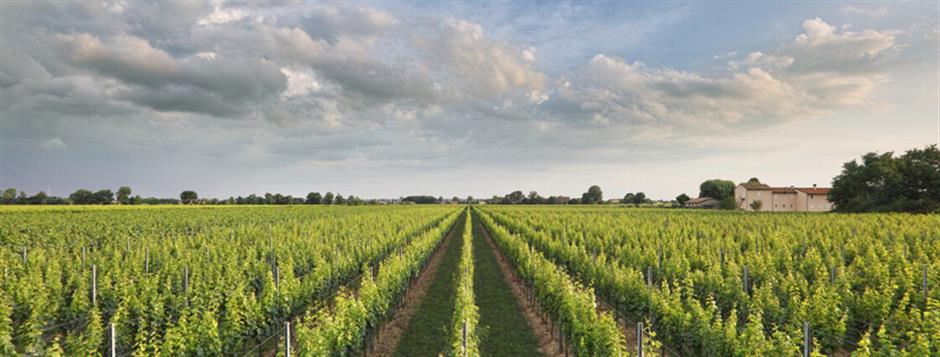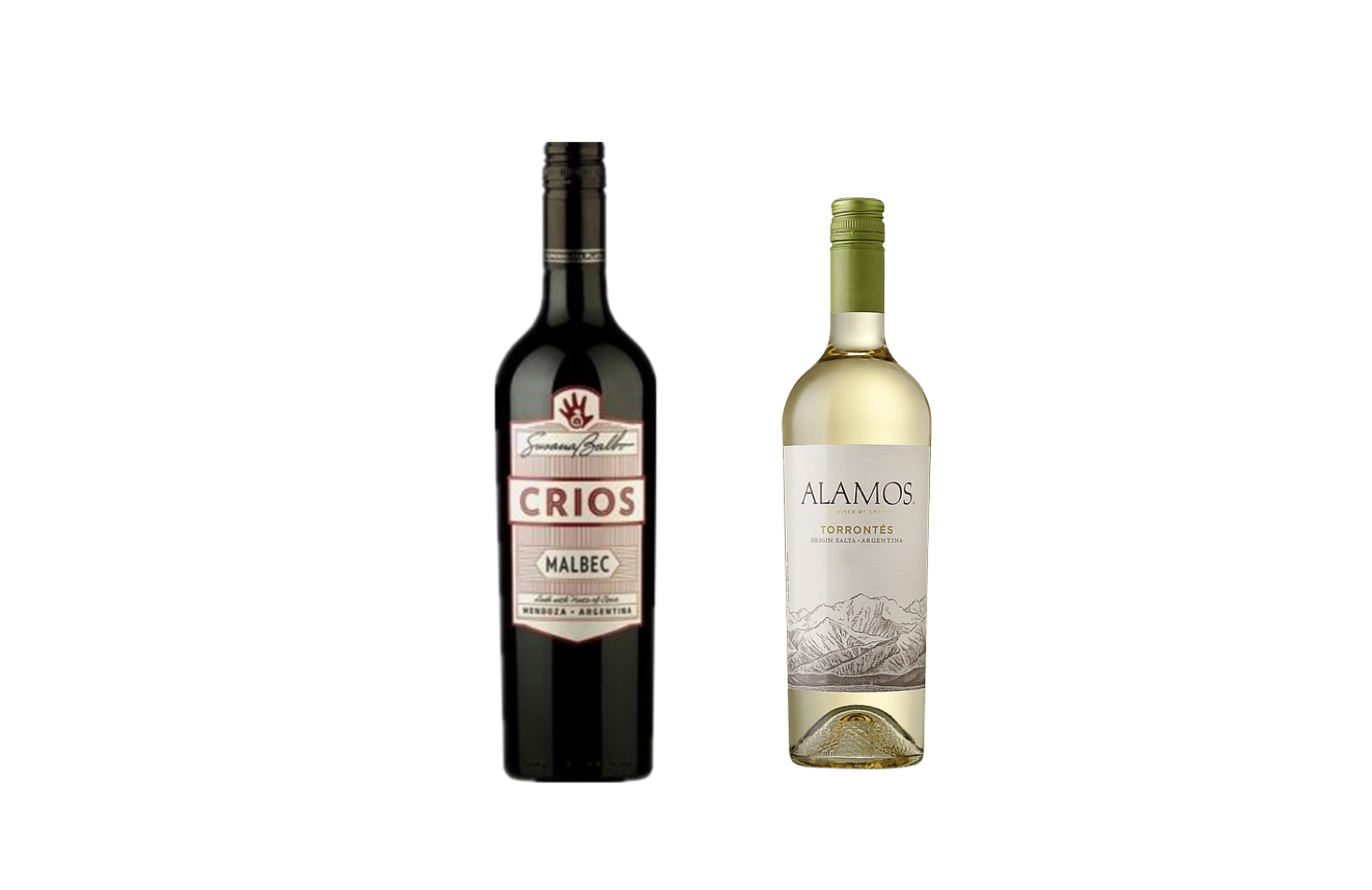Summary
There’s already too much hate in this world. Growing up I was taught that one may dislike something but never hate it. Years ago, polite society frowned upon using the word hate or other terms that denote extreme negative emotions. Notwithstanding my upbringing, in the passionate worlds of food and wine there’s no shortage of both love and hate.
Case in point, my erudite friends at Shanghai Daily are introducing cilantro. Technically an herb, cilantro are the leaves from the Coriander plant of the Aplaceae parsley family. The seeds of the plant are a popular spice. Funny thing about cilantro, aka Chinese parsley, is that people either love it or hate it. The former praise the stimulating fresh citrusy, lemony and tart taste of cilantro while the latter claim the herb has a stinky soapy taste. As in most things, science has an answer.
The majority of cilantro haters have a rare gene that’s hyper-sensitive to the aldehyde chemicals in cilantro and therefore they find the herb odious and repulsive. The strong dislike of this group notwithstanding, cilantro has many loyal fans around the world.
Originally cultivated over 7,000 years ago in the eastern Mediterranean, the coriander plant quickly spread to Asia along early trading routes and was introduced to the Americas by the Spanish in the early 16th century. Today, the love-hate herb cilantro is a mainstay in Chinese and other Asian cuisines as well as one the most important herbs in Central and South American cooking.
The wine world also has its fair share of love them or hate them wines. One of the best examples is a noble French grape that only became truly popular in a less serious, more friendly Italian manifestation.
Pinot Gris as a distinct variety first appeared in Burgundy during the 13th century. By the 14 century the Pinot Gris was also well established in nearby French, Swiss, German and Italian regions. Pinot Gris thrived in Burgundy, Champagne and neighboring regions as a favored single variety and blending grape. Everything changed after the virulent Phylloxera outbreak in the late 18th century.
The Pinot Gris vines in Burgundy and Champagne did not take well to hybrid grafting to the pest resistant American rootstock. Because of this and the general finicky nature of Pinot Gris, in Burgundy and other important regions the variety was gradually phased out and replanted with Pinot Noir and Chardonnay vines. Thankfully, the variety found new life in the cooler climates of the Loire Valley as well as the north of Italy.

Friuli-Venezia Giulia DOC
Because of their commercial success, wines labeled Pinot Grigio are now also produced in several New World wine regions around the world, but many of the finest examples come from cool climates in northern Italy where this popular style originated.
The largest producer is the amalgamated region of Friuli-Venezia Giulia DOC. Situated in the northeast corner of Italy boarding Austria to the north and Slovenia to the east, this sprawling region produces a wide range of white, red and sparkling wines. To limit the real estate on the label, many Friuli-Venezia Giulia DOC wines simply state the geographic origin as Friuli or one of the other sub-regions.
In Friuli-Venezia Giulia, the Pinot Grigio variety accounts for approximately 25 percent of plantings followed by Merlot, Friulano, Chardonnay and Sauvignon. Unusual for Italy, white wines dominate comprising over 75 percent of total production. The region boasts three DOCG and ten DOC appellations.
The expansive region sports a variety of topographies and climates but is mostly hilly and features a cool alpine continental climate in the north and a slightly warmer Mediterranean climate to the south.
Vines have been cultivated since ancient times when the region was a vital hub on ancient trading routes to the Near East. Roman Emperor Julius Caesar was said to be a fan of wines from Friuli-Venezia Giulia as was the famous Roman poet, philosopher and drinker Pliny the Elder. In the early to mid 19th century, the region was part of the Austro-Hungarian Empire and during this time the winemakers of Friuli-Venezia Giulia made wines from nearly 400 different varieties.
The late 19th century phylloxera epidemic decimated the diversity and production of wine in Friuli-Venezia Giulia and it took nearly a century for the region to regain its winemaking prominence. In the last two decades of the 20th century, the explosive international popularity of Italian Pinot Grigio wines from Friuli and neighboring Italian regions transformed the Friuli-Venezia Giulia into one of Italy’s most dynamic wine regions.
In Shanghai, we’re fortunate to have several top Pinot Grigio wines on the market. One of the best is the stylish Italo Cescon Friuli Pinot Grigio DOC, a wine that has benefitted from about half a year on the lees. At 12 percent alcohol this is a light to medium body wine with elegant peach and citrus aromas with spicy notes and a fresh stimulating palate. Italo Cescon also makes beautiful Pinot Noir, Sauvignon and Riesling wines as well as my personal favorite Muller Thurgau.
Another good pick is the Mosole Venezia Pinot Grigio DOC, that also spends six months on the lees and offers concentrated pear, peach and almonds sensations. Another expressive wine of note is the Vie di Romans Dessimis Pinot Grigio DOC. This wine comes the nearby Friuli-Isonzo DOC region and spends nine months on the lees.
Other top Friuli-Venezia Giulia Pinot Grigio producers with wines in Shanghai include Livio Felluga, Jermann, Marco Felluga, Orazio Nonino, Torre Rosazza and Torresella.
To optimally experience the natural animated fruitiness of Pinot Grigio wines while accentuating their aromatics and freshness; its best to serve the wines well-chilled, about 6-8 degrees Celsius. It’s also a good idea to consume Pinot Grigio wines within two or no more than three years of the vintage.





